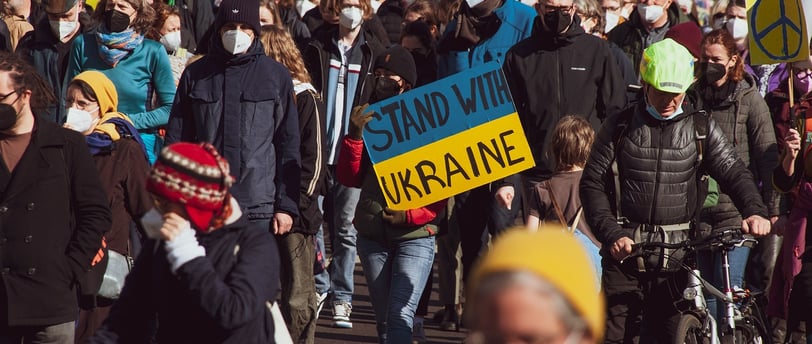The Ukrainian-Russian War: Key Developments in August 2024
The Ukrainian-Russian war has escalated in August 2024, with Ukraine launching significant cross-border operations into Russia, ongoing missile strikes on civilian areas, and rising international concerns over potential nuclear risks at the Zaporizhzhia plant.
POLITICSTOP STORIES


Ukraine’s Cross-Border Offensive in Kursk
In early August 2024, Ukraine launched a significant cross-border operation into Russia’s Kursk region, escalating the conflict to new levels. Ukrainian forces, numbering around 1,000, targeted Russian military infrastructure in a coordinated attack that left both sides scrambling for control. This offensive marks one of the most daring moves by Ukraine since the beginning of the conflict, signaling a shift in tactics as Ukrainian troops aim to disrupt Russian supply lines and create new fronts within Russian territory.
Escalation in Zaporizhzhia
The Zaporizhzhia nuclear power plant remains a flashpoint in the ongoing conflict, with international concern mounting over potential catastrophic consequences. Both Ukraine and Russia have accused each other of shelling the facility, raising fears of a nuclear disaster. Ukrainian officials have called for the demilitarization of the area, warning that damage to the plant could lead to uncontrollable radiation leaks. Russia, meanwhile, claims that Ukrainian forces are deliberately endangering the site to create international panic and pressure on Moscow.
Civilian Areas Under Fire
Russian missile strikes on Ukrainian cities have continued unabated, with Chernihiv being one of the latest targets. A residential block in the city was hit by Russian missiles, resulting in significant casualties and infrastructure damage. The attack underscores the ongoing toll on civilian populations, as non-military targets continue to be struck in the broader strategy of undermining Ukrainian morale.
International Responses and Sanctions
The international community has remained heavily involved in the conflict, with the United States and European nations continuing to supply Ukraine with advanced weaponry, including anti-aircraft systems from Germany. U.S. Secretary of State Antony Blinken reiterated the importance of opposing Russia’s aggression, warning that allowing such actions to go unchecked could lead to a global precedent of larger nations bullying smaller ones.
Simultaneously, Russia faces increasing isolation as Western sanctions continue to target its economy. Despite these measures, Russia shows no signs of relenting, and diplomatic efforts, including those mediated by Turkey, have so far failed to bring both sides to the negotiating table.
Prospects for the Future
As the war grinds on with no clear end in sight, both Ukraine and Russia appear to be digging in for a prolonged conflict. Ukraine’s recent cross-border operations suggest that Kyiv is willing to take greater risks to regain territory and weaken Russian resolve. Meanwhile, the situation at the Zaporizhzhia nuclear plant serves as a stark reminder of the potential for this conflict to escalate into a broader catastrophe, with implications far beyond the battlefield.
The coming months are likely to see further intensification of the conflict, with new offensives, continued civilian suffering, and growing international ramifications as the world watches anxiously.
